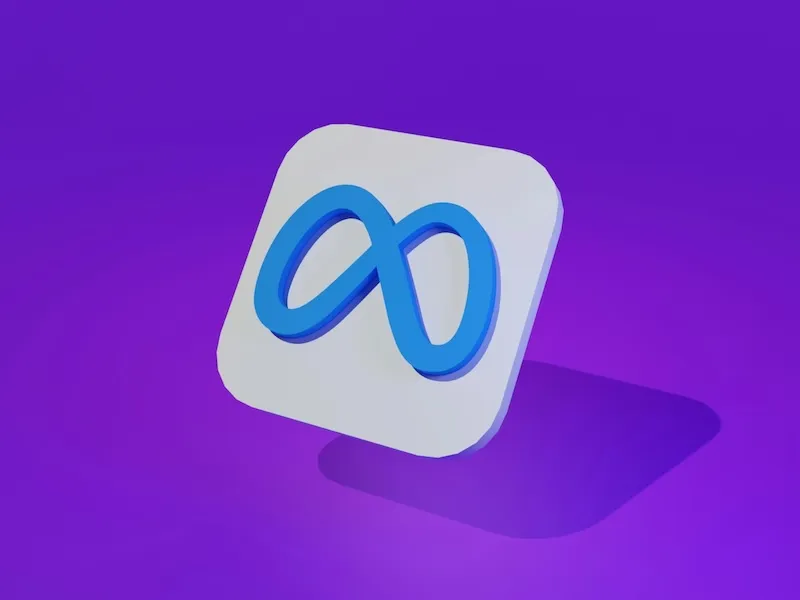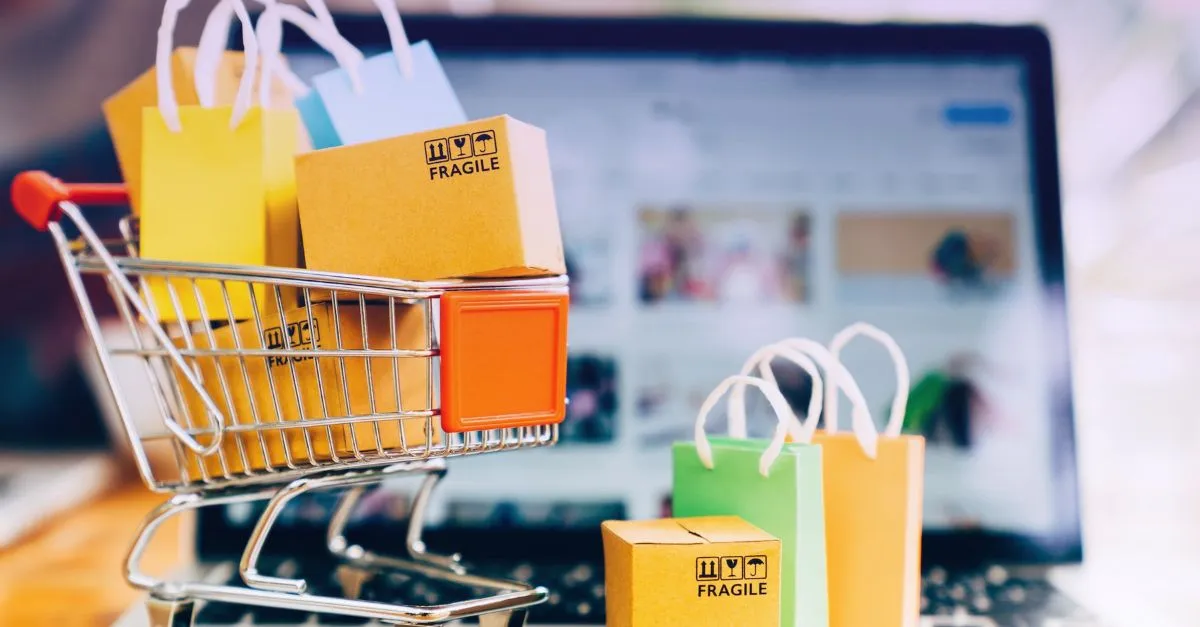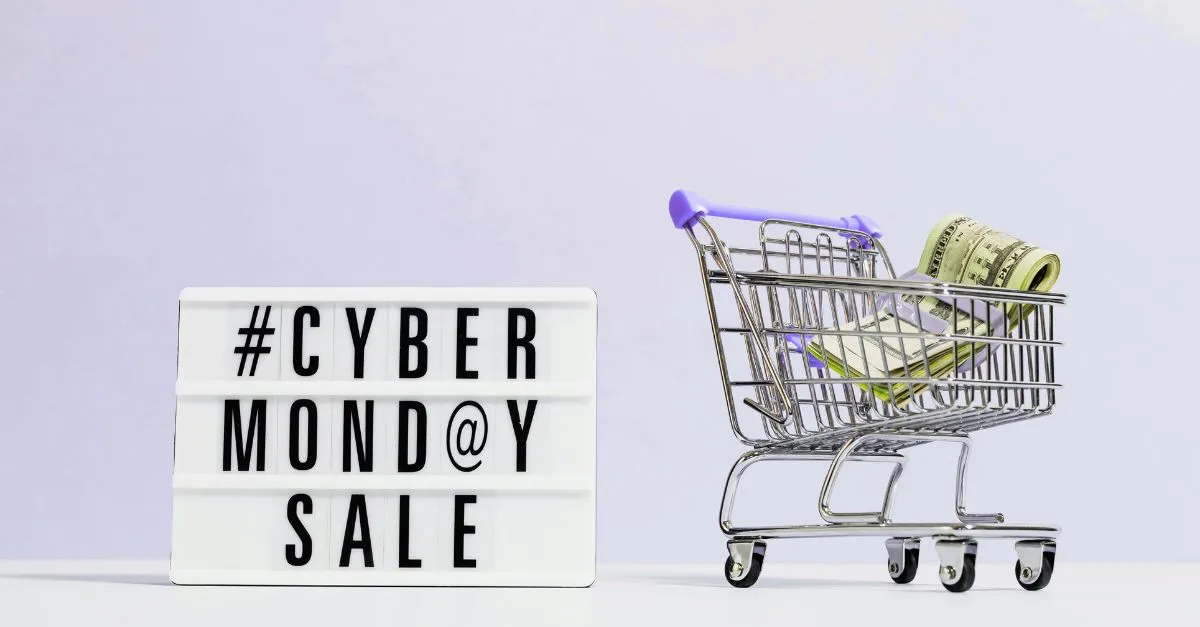How to Optimize Meta Ad Spend When Tariffs Impact Your Costs and Margins

Broadly speaking, tariffs will be an inflationary pressure on pricing in the near term, which will cause buyers to purchase less. If Meta (Facebook and Instagram) ads are your primary source of traffic, it’s critical to think through the strategic nature of your advertising and adjust it accordingly.
Though many have their own opinions of how Meta ads work, for the purpose of this article, we will consider the following assumptions on ads that are prevalent today:
- Since iOS 14.5 in April 2021, there has been a push towards open targeting.
- This has shifted the general Meta ads strategy from a 90/10 focus on account structure to ad creatives to a 30/70 in favor of creatives.
- Interest and audience groups are used primarily to send a signal to Meta’s algorithm.
- Meta performs best when it optimizes around a higher conversion frequency.
With that out of the way, understanding what type of creatives and funnels will work best for your brand is determined by assessing three things:
- What market are we in?
- Who are the competitors?
- What value do you provide the customer?
While these questions seem basic, I will provide a concrete example of how each is extremely relevant and can optimize your ad funnel.
What market are we in?
- Think back to COVID: lockdowns hit, and everyone started buying stuff instead of services. Plus, with all that extra money from quantitative easing, people were just looking for things to buy. They'd see something they liked online and boom, purchase. It was kind of a 'mindless browsing and buying' situation.
- One example of a funnel that worked well in this environment is a generic creative that grabs attention and encourages the audience to explore your site, relying on them to keep clicking until they find something they want to buy.
- This is a stark contrast to the market we are in now. If a consumer generally does not have a high propensity to spend, it is increasingly important to convince the customer that they not only need your product, but they need your product today.
- An example of this is building a highly conversion-focused landing page, educating the customer about your product, and providing a well-crafted offer.
- I will caveat this with an exception: for brands built on an aspirational, worldbuilding basis, the ad creative is still paramount. The reason people are purchasing these products is because of the fantasy the brand was able to create. Inserting copy where unnecessarily would deviate too far from the values the brand provides the customer.
There is still an argument that such a brand could push the consumer to a landing page (instead of a typical product page) that further builds on the narrative from the aesthetic of the delivered ad. For example, Chanel is currently running a campaign for a fragrance with only worldbuilding imagery and story telling which leads to this landing page.
Who are the competitors?
- Consider this. Tariffs are pushing prices up for many low-cost producers. Take clothing made in China or Vietnam, for example, compared to Portugal. Suddenly, a brand selling fashion made in Portugal starts to look a lot more cost-competitive on a relative basis next to fast fashion made in Asia.
- Typically, in a world without tariffs, the luxury brand would rely heavily on fantasy worldbuilding marketing. However, sellers in this category now have a new sales angle. They can capture more market share from customers who are willing to spend a little more for higher quality. Proactive luxury brands in this category will find a way to communicate this to customers.
What value do you provide the customer?
- This is a call to begin a major testing cycle of selling angles, creative, and landing pages.
- Take, for example, a nutraceutical brand that prides itself on offering best-in-class supplements. Pre-tariffs and pre-price increases, this brand sold well with multiple products. Now, after inflationary pressures, the brand’s customer is selecting the product that is absolutely necessary for them.
- Recall that Meta ads are heavily dependent on conversions. From their conversions, they can build digital personas and show ads to users with similar engagement patterns.
- Now that there are fewer conversions, it will be imperative to focus on optimizing your Meta ads funnel. There is nothing more detrimental to a D2C brand than staying stuck in the learning phase or running a broken funnel.
- From a customer journey perspective, this may mean that instead of advertising as best-in-class nutraceuticals across the board, your brand pivots to advertising as the best Vitamin C Supplement.
If you need help thinking through your Facebook ads or require funding for your marketing in the coming months, reach out. We’d be happy to chat!




